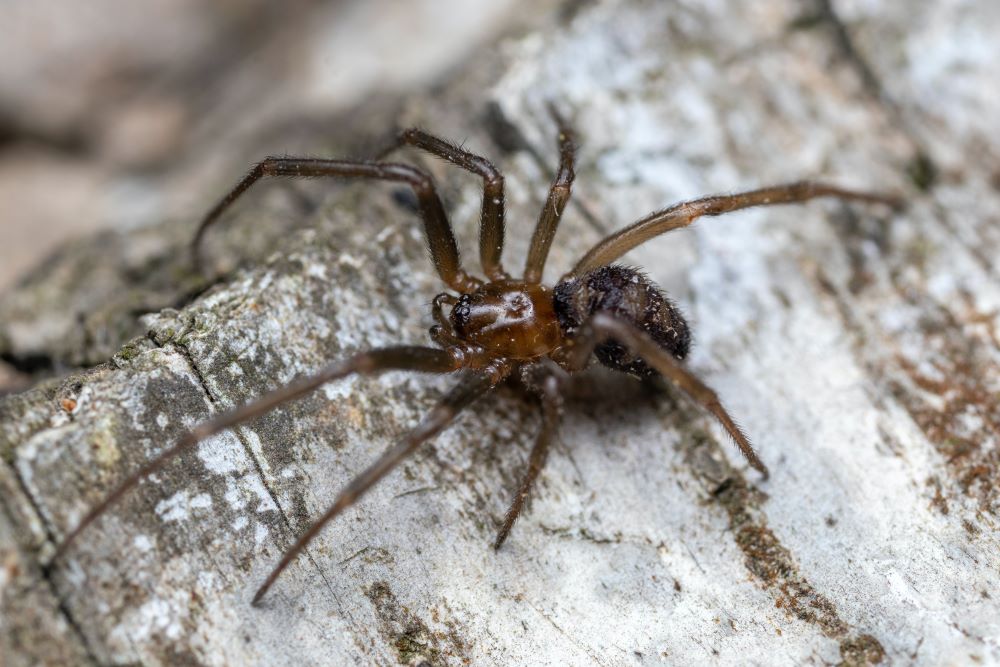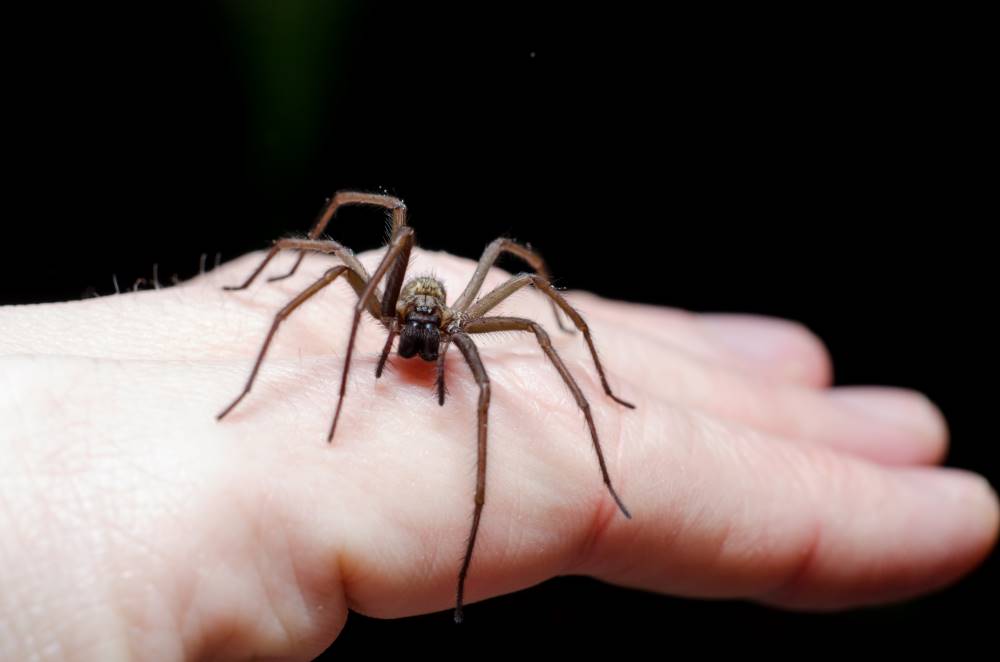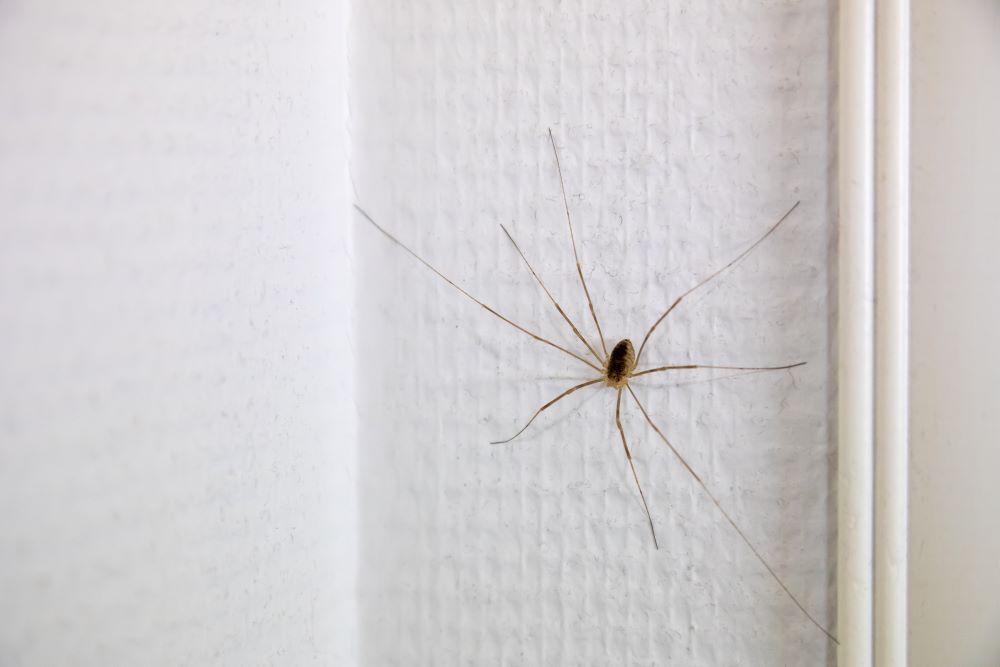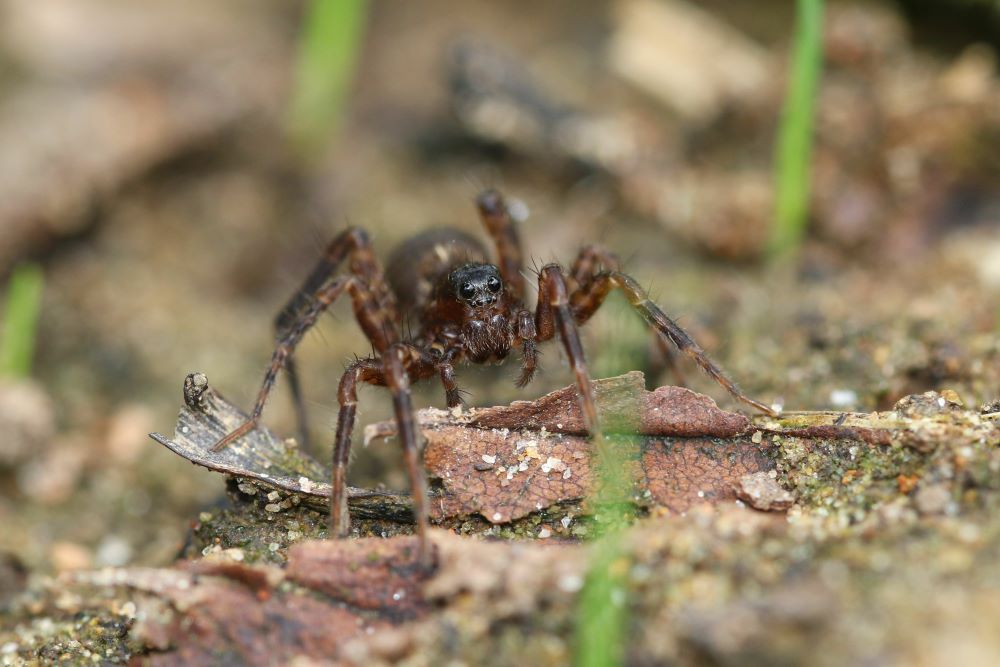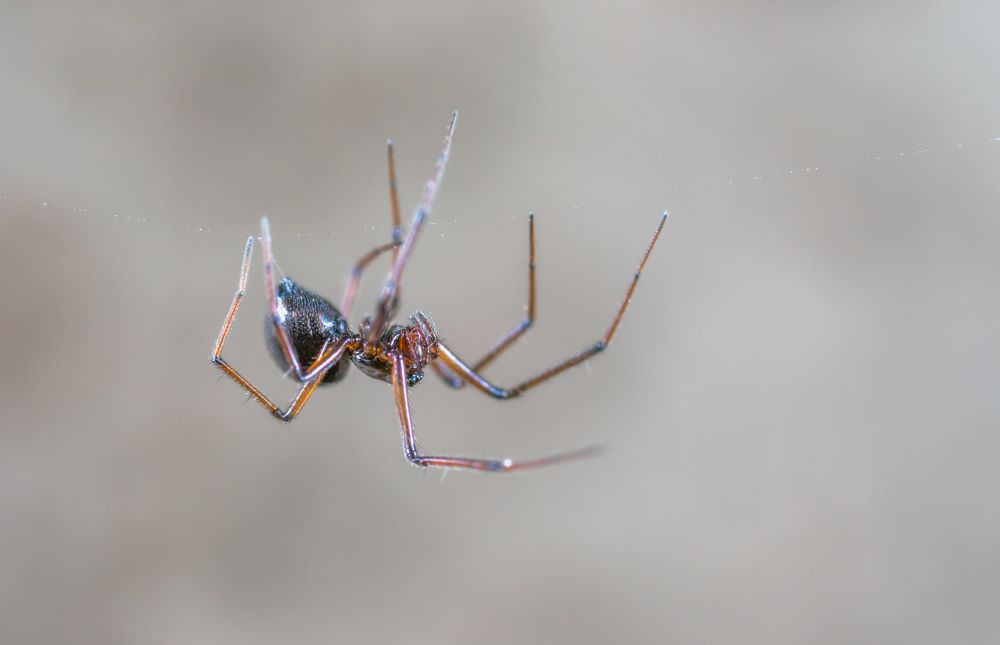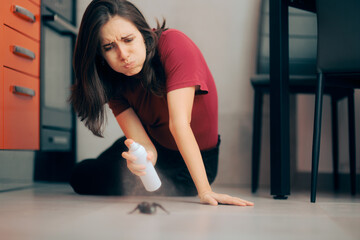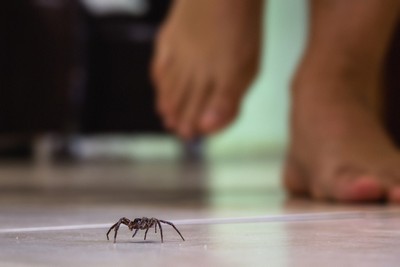
Biting pests can be a nuisance and a danger to both humans and pets. Two common biting pests that often cause concern are spiders vs ticks. While they may share some similarities, it is important to understand their characteristics and habits in order to properly identify and address any issues. In this article, we will delve into the world of spiders and ticks, exploring their differences, common species, health risks associated with their bites, and prevention and control measures. By gaining a better understanding of these biting pests, you can protect yourself and your loved ones from their potential harm.
Characteristics and Habits of Spiders
Spiders are arachnids that are found worldwide. These eight-legged creatures are known for their ability to spin webs and their unique way of catching prey. Spiders have two body segments, the cephalothorax and the abdomen, and most species have eight eyes. They are generally solitary creatures, except during mating season.
Spiders are carnivorous and feed on insects and other small arthropods. They use their venomous fangs to inject venom into their prey, immobilizing them for consumption. While most spiders are harmless to humans, some species have venom that can cause mild to severe reactions. It is important to note that spiders play a vital role in controlling the population of other insects, making them beneficial in many ecosystems.
Characteristics and Habits of Ticks
Ticks are small arachnids that belong to the class Arachnida. They are known for their ability to latch onto and feed on the blood of animals, including humans. Ticks have a unique life cycle that consists of four stages: egg, larva, nymph, and adult. They are ectoparasites, meaning they live on the outside of their hosts, and are often found in grassy and wooded areas.
Ticks have a specialized mouthpart called a hypostome, which allows them to anchor themselves onto their hosts and feed on their blood. They can transmit diseases such as Lyme disease, Rocky Mountain spotted fever, and babesiosis to humans and animals through their bites. It is important to remove ticks carefully and promptly to reduce the risk of disease transmission.
Differences Between Spiders and Ticks
Spiders and ticks belong to the arachnid family, but they have distinct characteristics that set them apart. One noticeable distinction is their physical appearance. Spiders boast eight legs and a unique body structure, while ticks start with six legs as larvae and grow to eight legs as nymphs and adults. Another contrast lies in their feeding behaviors. Spiders are carnivorous creatures that capture their prey through web spinning or hunting, whereas ticks are ectoparasites that rely on feeding on the blood of their hosts.
Furthermore, spiders and ticks vary in their ability to spread diseases. While some spiders possess venom that can trigger mild to severe reactions in humans, they are typically not significant carriers of diseases. In contrast, ticks are infamous for transmitting various illnesses such as Lyme disease and Rocky Mountain spotted fever. It is crucial to understand these distinctions and take necessary precautions when encountering spiders or ticks.
Common Species of Spiders
There are numerous types of spiders found worldwide, but some are more commonly seen than others. The black widow spider stands out with its glossy black body and red hourglass marking, making it one of the most infamous species. Its venom is strong and can lead to severe symptoms in humans. Other popular spider species include the brown recluse spider, recognized by the violin shaped marking on its cephalothorax and the garden spider, known for its large and intricate webs.
It’s worth mentioning that most spider species pose no harm to humans. They play a vital role in preserving ecological balance by managing insect populations. However, if you come across a spider and are uncertain about its venomous nature, it’s advisable to be cautious and seek professional help if necessary.
Common Species of Ticks
Ticks are found in various habitats around the world and there are hundreds of species. Some common tick species include the black-legged tick (also known as the deer tick), the American dog tick, and the lone star tick. Each species has its own preferred hosts and geographic distribution. For example, the black-legged tick is known to transmit Lyme disease and is commonly found in wooded areas.
Ticks are often found in grassy areas, where they wait for a host to pass by. They can attach themselves to humans and animals, and their bites can be painless, making it difficult to detect their presence. Regular tick checks and proper removal techniques are essential to reduce the risk of tick-borne diseases.
Health Risks Associated with Spider Bites
While many spider bites usually cause minor symptoms like pain, redness and swelling, certain spider species possess venom that can trigger more serious reactions. The black widow spider and the brown recluse spider are examples of such species known for their venomous bites. Black widow venom can result in muscle pain, cramps and in rare instances, severe systemic reactions. On the other hand, brown recluse venom may cause necrotic skin lesions and in severe cases, systemic symptoms like fever and organ damage.
If you get bitten by a spider and have severe symptoms, it’s crucial to seek immediate medical attention. Identifying the spider correctly can help healthcare providers determine the right treatment plan. It’s worth noting that individual responses to spider bites can differ, with some people being more sensitive to venom than others.
Health Risks Associated with Tick Bites
Ticks are well known for spreading diseases to both humans and animals through their bites. Lyme disease, which is caused by the bacterium Borrelia burgdorferi, is a commonly recognized illness transmitted by ticks. It can lead to various symptoms such as fever, fatigue, joint pain and in severe cases, neurological issues. Other diseases carried by ticks include Rocky Mountain spotted fever, babesiosis and ehrlichiosis.
Prevention plays a crucial role in dealing with tick borne diseases. Avoiding areas where ticks are prevalent, wearing protective clothing and using insect repellents can help lower the chances of getting bitten by ticks. It’s important to thoroughly check your body for ticks after being outdoors and remove them promptly if found. If you experience symptoms following a tick bite, seeking medical help and informing your healthcare provider about potential exposure is essential.
Prevention and Control Measures for Spiders vs Ticks
Preventing and controlling spiders and ticks in and around your property is essential for ensuring the safety and well-being of your family and pets. Here are some measures you can take:
- Keep your property clean and clutter-free. Spiders are attracted to dark and cluttered areas, so regular cleaning and decluttering can help deter them.
- Seal cracks and crevices. Spiders and ticks can enter your home through small openings, so sealing any gaps can help prevent their entry.
- Remove spider webs regularly. Regularly removing spider webs can discourage spiders from making your property their home.
- Trim vegetation. Ticks often reside in tall grasses and shrubs, so keeping your lawn and bushes trimmed can reduce their habitat.
- Use insect repellents. Applying insect repellents containing DEET or permethrin can help repel ticks and spiders.
If you are dealing with a persistent spider or tick infestation, it is advisable to seek professional pest control services. Recon Pest Services is Omaha & Lincoln’s number one option for spider and tick control. Their experienced technicians can help identify the source of the infestation and provide effective treatment options tailored to your specific needs.
Conclusion – Spiders vs Ticks
Spiders and ticks are common pests known for their biting tendencies, which can be a concern for both people and animals. Understanding their behavior, characteristics and the potential health issues linked to their bites is crucial for safeguarding yourself and your loved ones. Conducting regular checks, employing proper removal methods and adopting preventive strategies can significantly reduce the chances of encountering these biting pests. If you need professional help, feel free to contact Recon Pest Services. We are committed to ensuring your property remains free from spiders, ticks and other unwanted pests.



